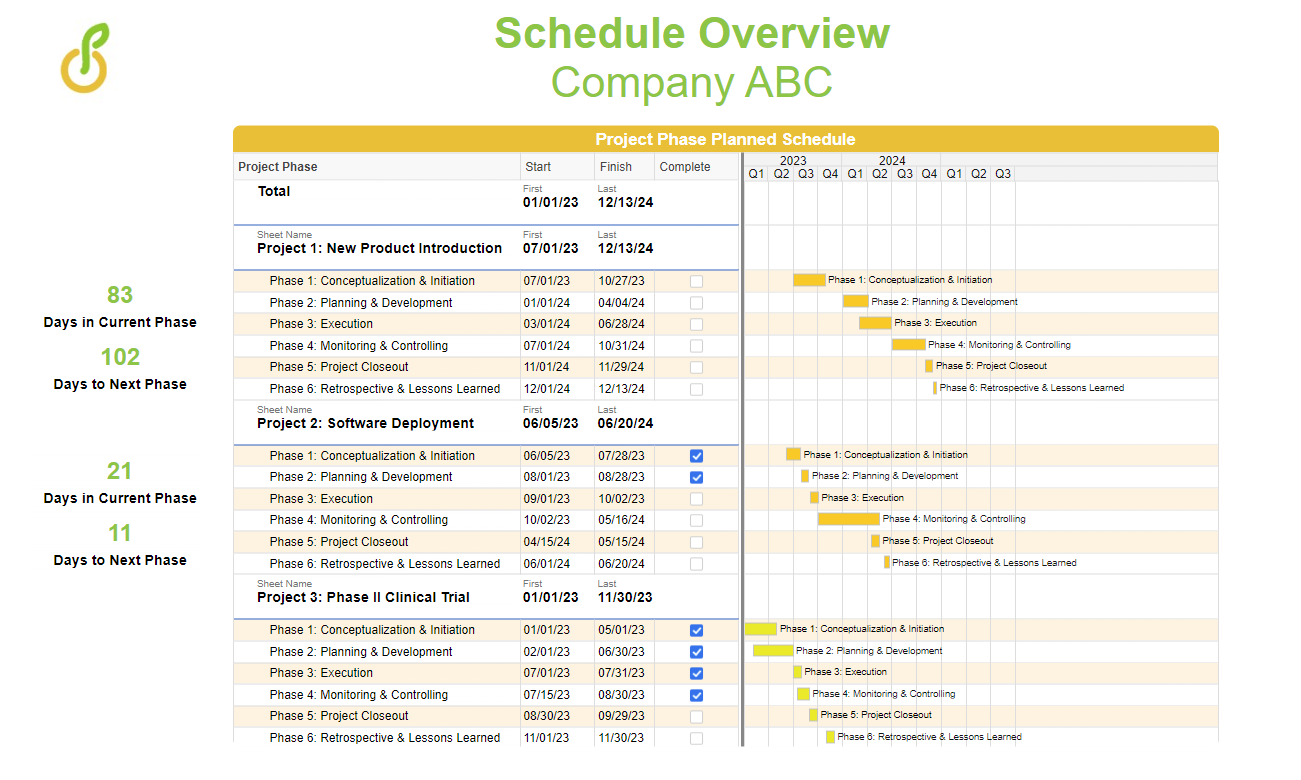October 23, 2025

There’s no shortage of project and portfolio management (PPM) software out there. From Agile-centric tools like JIRA, to enterprise platforms like Microsoft Project, to flexible, collaborative systems like Smartsheet—the options are seemingly endless. But for all the fancy Gantt charts, summary dashboards, and automation out there, the truth is: software doesn’t manage projects. People do.
And that’s where the real work begins.
The Software Trap: Why Tools Aren’t the Whole Answer
Most teams adopt project management software to improve visibility, tracking, and efficiency – a worthy goal! But too often, organizations expect software to solve problems that are really about strategy, structure, or decision-making. While a tool can automate reminders and generate burndown charts, it unfortunately can’t fix the root causes of vague timelines, unclear ownership, or disconnected priorities.
In fact, software can amplify dysfunction if there’s no process behind it. You get more charts, more status meetings, more noise—but not more clarity.
Good Project Management Starts Before the Tool
Before investing in a management platform, organizations must engage in self-reflection:
Without those foundations, it doesn’t matter what tool you use. A project managed in Smartsheet without a real scope or timeline is no better than a whiteboard. A JIRA board overloaded with half-scoped epics won’t deliver value.
Software Supports Process—It Doesn’t Replace It
Project management software is like a vehicle: it can only take you where you’re going if you know where you want to go and know how to get there. That’s where experienced project management office (PMO) leaders come in.
A solid PMO function ensures:
When done right, software enhances these processes. It can’t substitute for them.
Tools Should Fit the Work – Not the Other Way Around
There’s no “best” project management software across the board. The right tool depends on the type of work, the team doing it, and the outcomes the team hopes to achieve.
A sprint team running two-week iterations needs something lightweight and Agile-friendly (JIRA comes to mind). A multi-year, multi-stakeholder program in a regulated industry might require structured, phase-gated planning with detailed dependency tracking (MS Project is often the go-to for complex scheduling needs).
The key is this: the tool should support how your team actually works—not force them into artificial workflows just because that’s what the platform prefers.
At MustardSeed PMO, we’ve seen the pattern too often: teams try to “fix” delivery problems by switching software. They swap tools hoping it will solve their delivery problems. But software can’t fix misaligned expectations, fuzzy scopes, or unclear ownership. What works is pairing the right tool with the right delivery framework—and guiding teams to use both effectively.
Where MustardSeed Fits In
We don’t lead with software. We lead with understanding.
Our role is to help teams stop chasing the next shiny platform and start building delivery systems that actually work. That starts with asking the right questions, listening to the people doing the work, and designing solutions grounded in how your organization really operates.
We help you:
The result? A delivery system that’s built to last, with tools that fit like a glove.
Final Thoughts
Software doesn’t deliver projects. People do.
If your delivery model isn’t working, switching platforms might provide a temporary boost—but it’s not a silver bullet. Sustainable improvement comes from aligning tools with strategy, and strategy with execution.
At MustardSeed PMO, we don’t implement software in isolation. We build delivery ecosystems that help teams move from chaos to clarity—and from effort to impact.
{{ include_custom_fonts({"Futura":["Bold","Extra Bold","Regular"]}) }}